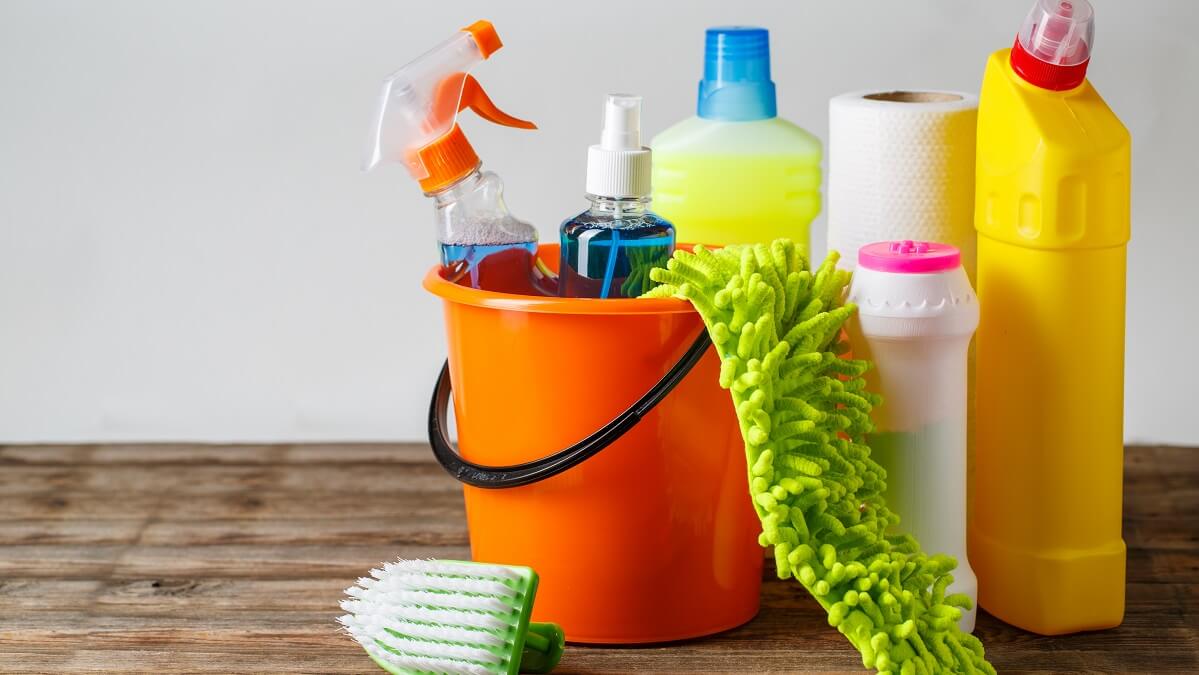New research has exposed a potential link between a chemical found in common cleaners and Parkinson’s Disease.
The chemical is known as trichloroethylene (TCE) and is an active ingredient in many products used by dry cleaners and in cleaning wipes, clothing and carpet stain removers, lubricant and spray adhesives and in metal degreasing.
While the causes of Parkinson’s remain unclear, research has linked it to low levels of dopamine and/or norepinephrine in the body, as well as exposure to toxins found in pesticides and polluted air.
Now, Rochester University researchers postulate that TCE plays a role in the ongoing rise of cases of Parkinson’s Disease. This month, they published an article in the Journal of Parkinson’s Disease titled Trichloroethylene: An Invisible Cause of Parkinson’s Disease?
The research cites several previous studies that suggest a link between TCE and Parkinson’s, as well as six specific cases which it says are “illustrative” of that link. Several of those cases highlight high levels of TCE recorded in the drinking water where victims lived. Up to one-third of the drinking water in the US is contaminated, the article claims.
Exposure through work has also been blamed. The researchers cite a twins study that found a twin with occupational or hobby exposure to TCE had a 500 per cent increased risk of Parkinson’s compared to the unexposed twin.
The research paper acknowledges that, while genetics and head trauma can play a role in the onset of Parkinson’s, they “do not account for the majority of cases”.
Lead author of the study, Dr Ray Dorsey, a professor of neurology at the University of Rochester, said he and his team decided to research a link between TCE and Parkinson’s Disease while preparing to write his book, Ending Parkinson’s Disease.
“The more I investigated the prevalence of TCE and its role in Parkinson’s Disease, the more I (found) no end in sight,” he said.
Dr Dorsey stated that at a societal level, TCE and PCE should be banned.
Dr Dorsey’s conviction is reflected in a strongly worded conclusion, which is uncommon in an academic publication. He wrote: “For more than a century, TCE has threatened workers, polluted the air we breathe – outside and inside – and contaminated the water we drink. Global use is waxing, not waning. Most of this has been invisible, all of it is unacceptable, and none of it will stop until we act.”
In Australia, TCE remains legal for use in various industries and products, although it is subject to a workplace exposure standard governed by Safe Work Australia.
Interestingly, the federal department of climate change, energy, the environment and water, says that “data are inadequate to set a guideline value for trichloroethylene in drinking water,” and that there is no national environmental guideline for TCE.
If the conclusions of Dr Dorsey and his colleagues are correct, it would seem Australia has a long way to go in its management of the risks of TCE.
Have you knowingly had exposure to TCE through work or at home? Were you aware of the potential risks? Why not share your thoughts in the comments section below?

